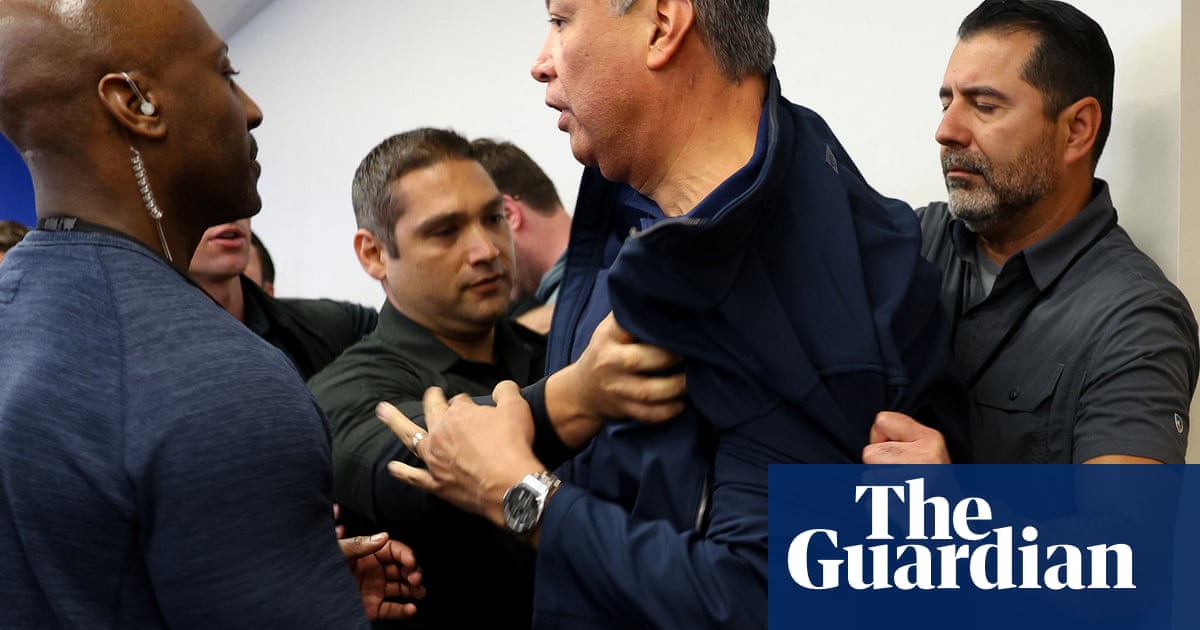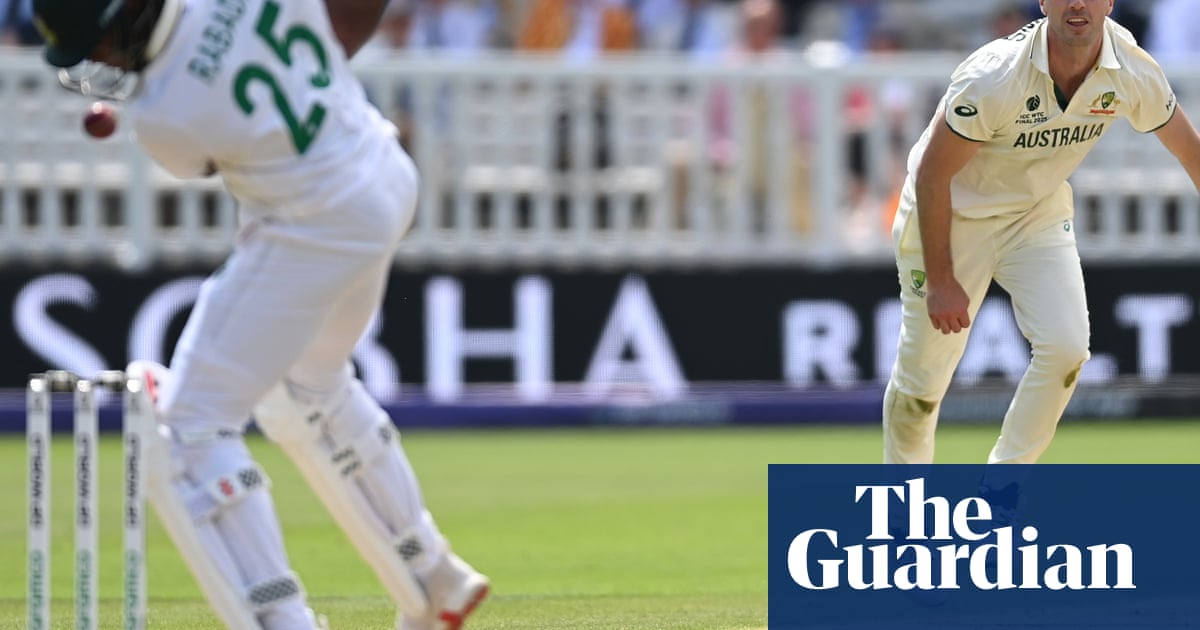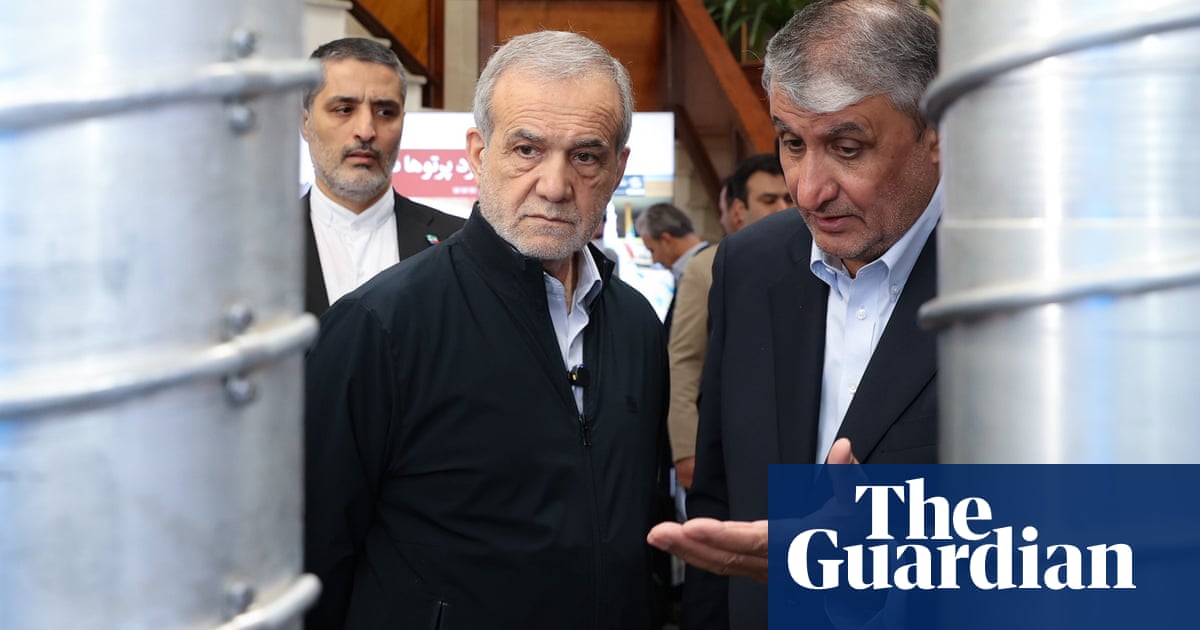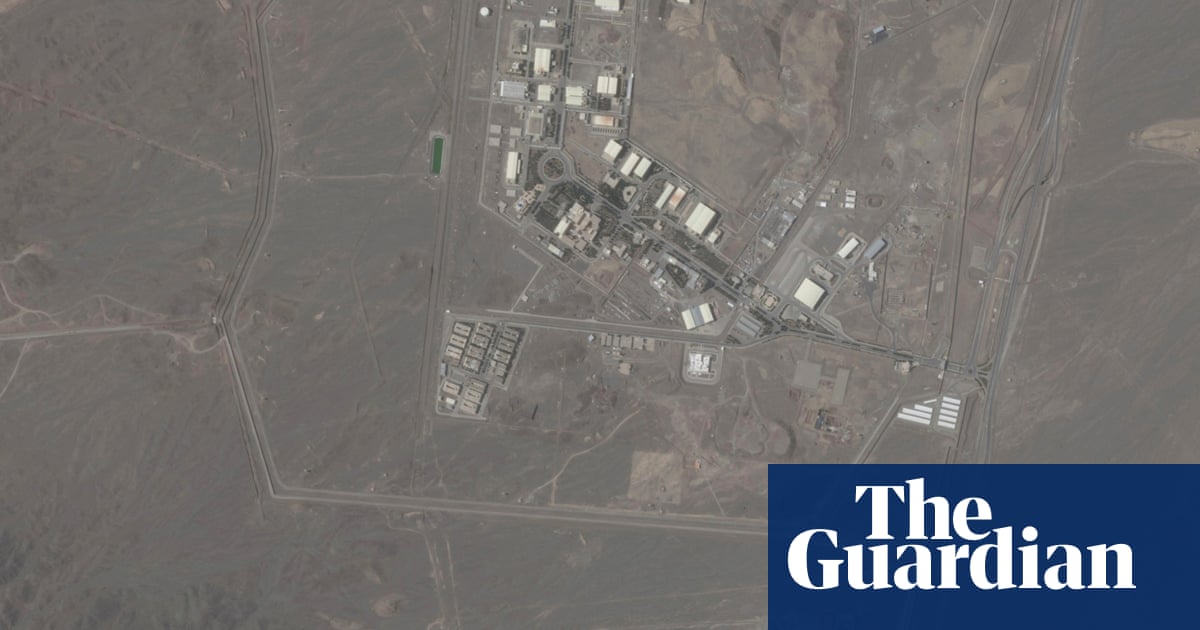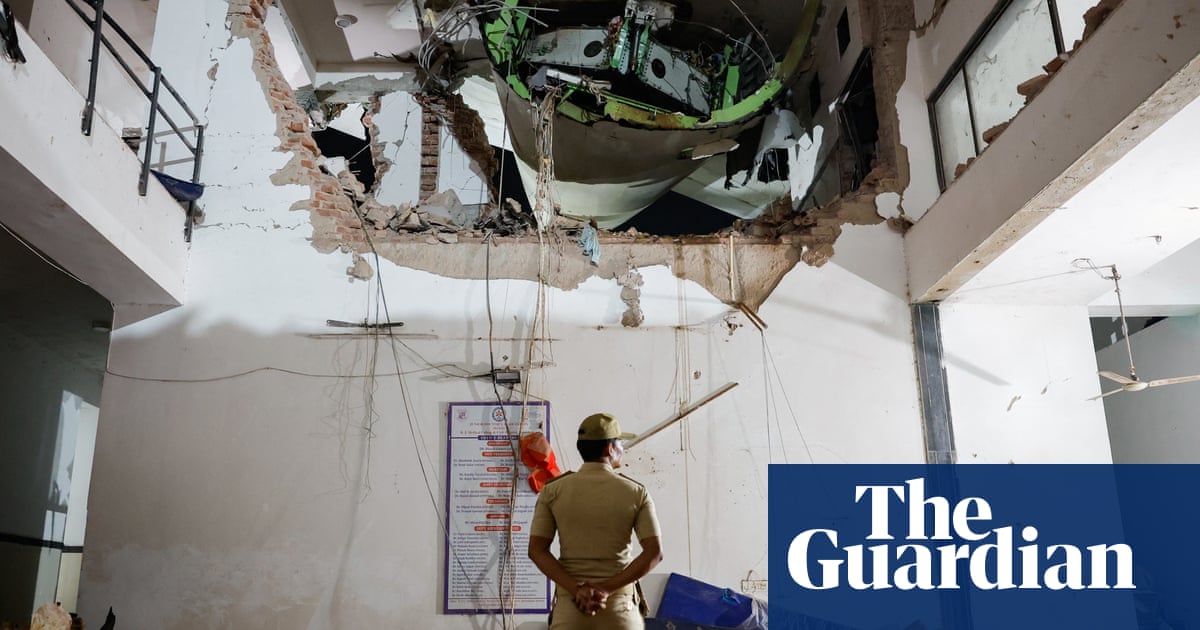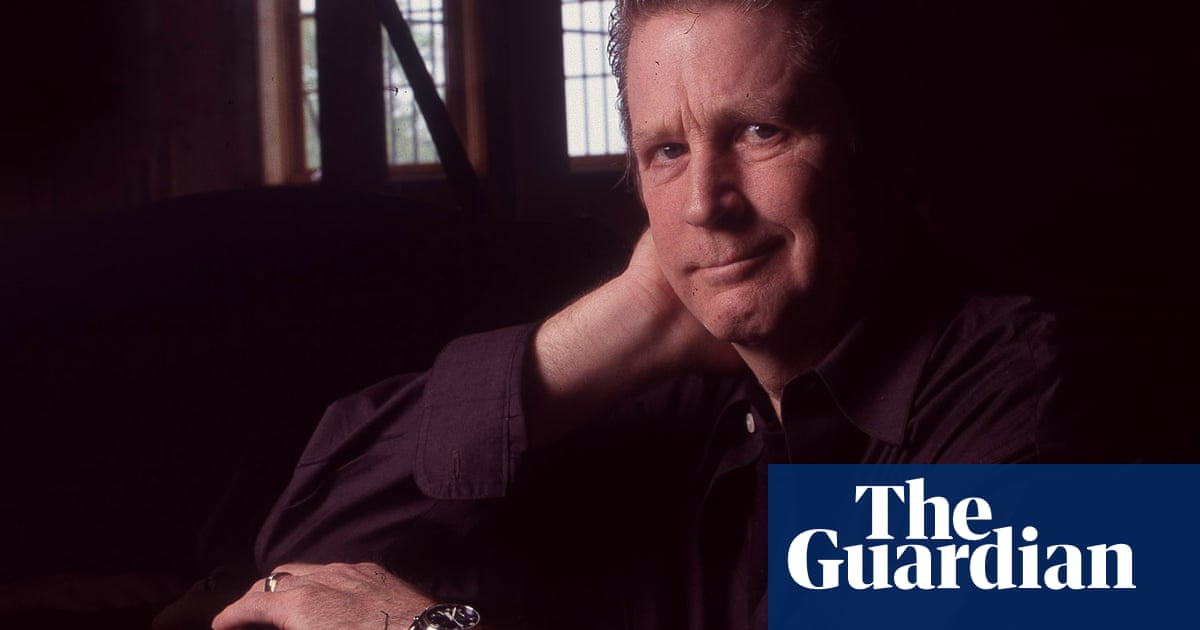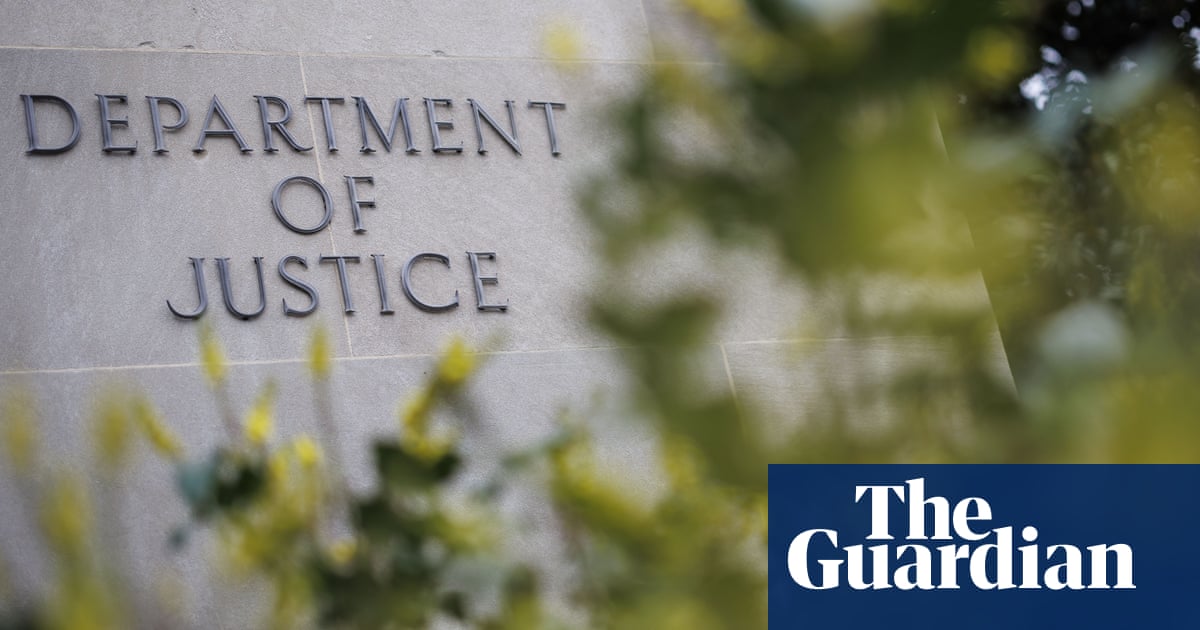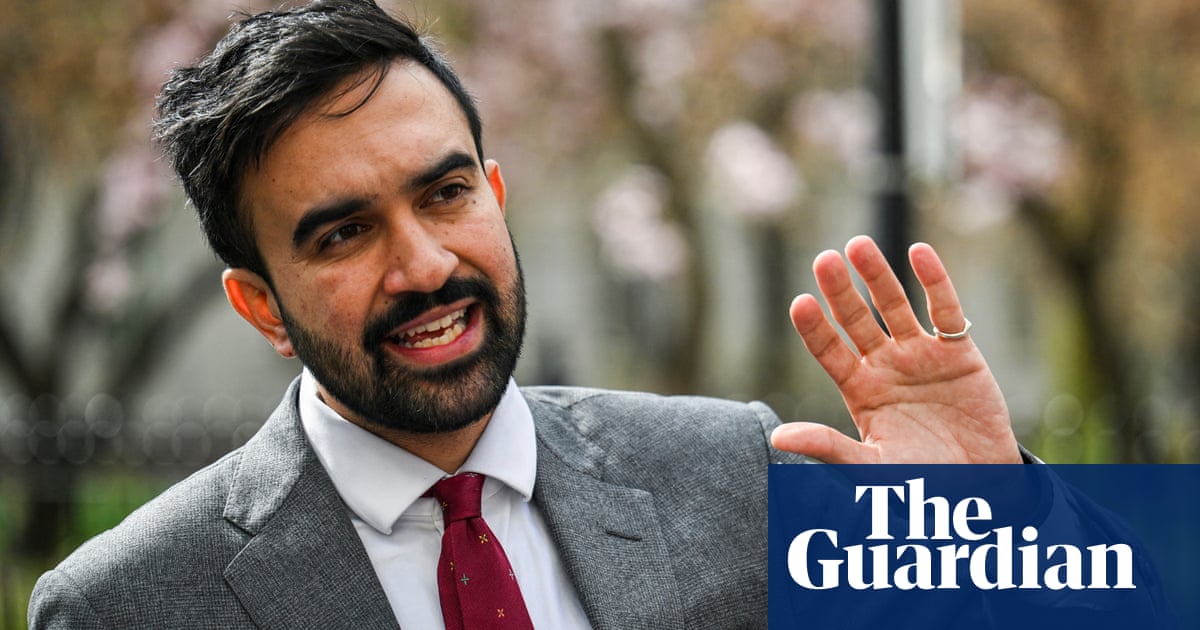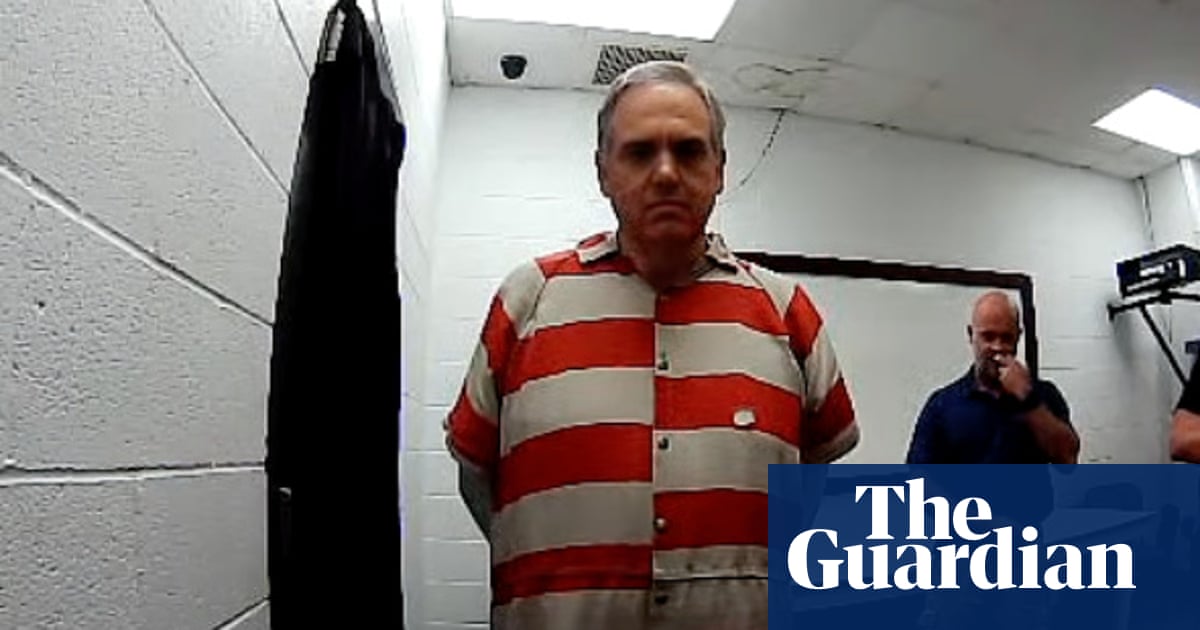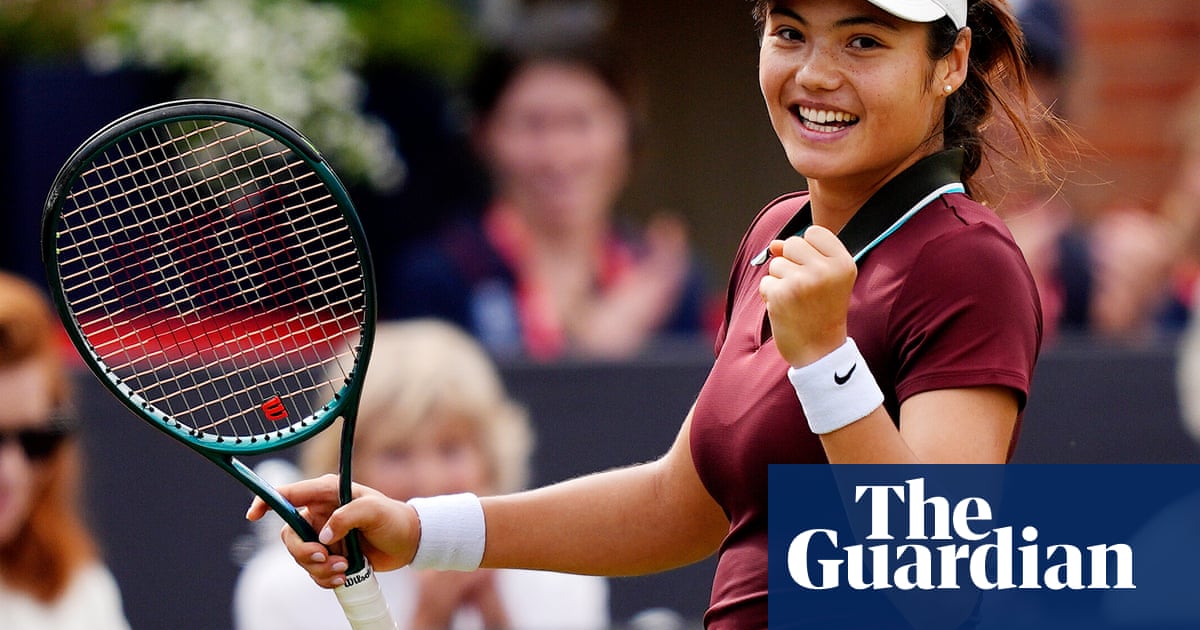Ever since she was a little girl, Sruthy Saseendran wanted to “achieve something remarkable” – something that would earn her a place in the record books. But growing up in what she describes as a traditional Indian family, that dream had to take a backseat to more conventional markers of success: university, marriage, career.
Decades later – after she had married, become a mother and taken a job as a business analyst in Melbourne – she felt the itch return. It was time to do something for herself. So she embarked on a personal challenge: to set a Guinness World Record.
Saseendran felt drawn to memory-based challenges and had long been fascinated by aviation. After a lot of research, she set her sights on creating a new world record: naming the most airports identified by International Air Transport Association code in one minute. The process of getting a new record idea approved by Guinness took her a year and three failed applications before the record book finally gave her the green light. So why not just break an existing record?
“I know how much effort and time it takes to set a record, so I really don’t want to break anyone’s and mortify them,” she says. “I didn’t want to hurt anyone.”

Saseendran spent 18 months practising for her record attempt. She built a database of over 17,000 airport codes and assembled a training toolkit that included aviation maps, flashcards, cognitive training apps and good old-fashioned games of chess (to sharpen her focus). She’d set her alarm for 4.30am every day to practise before her infant woke up. As well as memorising codes, she had to learn to speak very quickly so she could verbally identify two airport names each second.
On 5 December 2024, it all paid off. After one failed attempt, Saseendran created a new world record, naming 95 airport codes before the buzzer sounded. After all that groundwork, claiming her title felt like “relief”.
Saseendran’s record might sound obscure, but Guinness is no stranger to niche ideas. Each year, they field around 50,000 record applications, and more than one third are new titles. Australians are among the more enthusiastic record breakers, currently ranking 12th in the world (the US and UK are equal first). For many, devising an oddly specific new record is a more achievable way into the books than running the fastest marathon or growing the world’s longest fingernails.
A steady stream of new records also helps to keep the pages of the hallowed Christmas gift fresh. Most of the records in the book each year are new, cosying up alongside indispensable classics such as the world’s shortest woman and tallest man. New feats also replace records that have been scrapped by Guinness, such a “longest time with a tarantula in the mouth”, which might now be considered animal cruelty.
Proposed records need to meet a variety of criteria to get the go-ahead, says Mark McKinley, who vets new Guinness World Record applications.
Much like Smart goals, records need to be specific and measurable. You may think your baby is the world’s most beautiful, McKinley says, and perhaps it is – but there’s no real way to measure that. Guinness must also be able to verify each record. Not all ideas that reach McKinley’s desk tick that box. “We had an application for somebody who claimed to have only ever drunk Coca-Cola their entire life – one, it’s probably unlikely that as a baby they were being bottle-fed Coke, but there’s also no way of proving that,” he says.
Finally: “The record’s got to be breakable,” McKinley says. That means standardised parameters – football records, for instance, must be broken with a fully inflated ball of the same size – but it also means setting the kind of challenge other people want to beat.
Saseendran’s record idea met all of those criteria. Memory-based records, McKinley says, are among their most popular and there’s a “huge community” of aviation enthusiasts who could be inspired to try for her title.
McKinley filters through a lot of record requests and says that suggestions which appear niche at first can reveal large communities of devotees.
“When you start looking into them, you find that not only is this person wanting to do it, there’s a whole subculture of people that … will want to beat it.”
For instance, McKinley once received an application for the most sausages made in one minute. He was initially dubious, but says “that record has become so popular among butchers”.
Records aren’t just about individual achievement. This weekend the New South Wales town of Kyogle, population 2,751, will do its darndest to set a brand new world record: the world’s largest happy dance. If they get it right, it will, thinks mayor Danielle Mulholland, “really put us on the map”.
after newsletter promotion
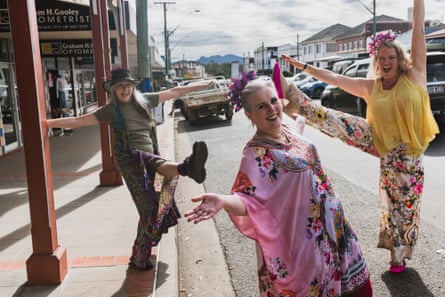
It was an idea Mulholland had after joking with a colleague that she’d “do a happy dance” if she passed a course she was studying. She Googled happy dances and found there had been a mass happy dance featuring 448 participants in Singapore in 2015, but it hadn’t officially been recorded by Guinness. So she decided that Kyogle, as a town, should aim to set the first official record by bringing together as many people as possible to dance at the town showgrounds. If you’re wondering, a happy dance entails any kind of dance moves made to Pharrell Williams’ 2014 track Happy.
Those shooting for Guinness glory can choose to have reputable independent witnesses and videographers there to verify an attempt, or they can fly out official Guinness staff to oversee proceedings. The latter option comes with a price tag of £12,000 or A$24,000 – an amount that made Mulholland “almost stroke out on the spot”, especially given Kyogle is using the event to raise money for anti-domestic violence programs, so she has recruited some local lawyers to verify the size of the dancing crowd.
If successful, it won’t be Kyogle’s first entry into the record book – a gardener from the nearby town of Knockrow grew the heaviest pumpkin in the southern hemisphere, an 867kg behemoth, for a Kyogle pumpkin competition in 2021. But creating the mass happy dance record feels extra special.
“London, Paris or New York may come along, and they may challenge the record,” Mulholland says. “But at the end of the day, we’ll have done it first.”

Losing records is all part of the experience anyway. In 2018, chef Johnny Di Francesco, who runs Melbourne restaurant group Gradi, set about creating a world record for the most varieties of cheese on a single pizza. At the time, Di Francesco believed he’d be the first to set such a record, but Guinness says a German restaurant snuck in earlier that year.
Di Francesco says it was a huge undertaking. Even sourcing that many varieties of cheese was challenging in Australia. Then, over six hours, Di Francesco painstakingly assembled a standard-size pizza with one gram of each variety of cheese. He “obviously” had to recruit two professional cheesemongers to verify his cheese varieties were sufficiently distinct. It worked out – Di Francesco got the record, cramming 154 cheeses on to a classic wood-fired base.
He didn’t retain the title. In 2023, a team of chefs from France, a nation with the unfair advantage of being home to many more types of fromage, toppled him with a 1,001-cheese pizza. But Di Francesco is at peace with the loss.
“It’s fine,” Di Francesco says. He still feels a sense of achievement for contributing to “something that someone else wanted to succeed in”.
For now, Saseendran still holds her record – but she should steel herself for challengers. McKinley says there have already been five applications to break it.
Saseendran can now recite 104 airport codes in one minute – nine better than her official record – but won’t be bitter if she eventually loses the title.
“I’m sure I’d be cheering them on,” she says. As she went first, “my ‘brainchild’ will hold a cherished place in my heart forever”.

 1 day ago
10
1 day ago
10
